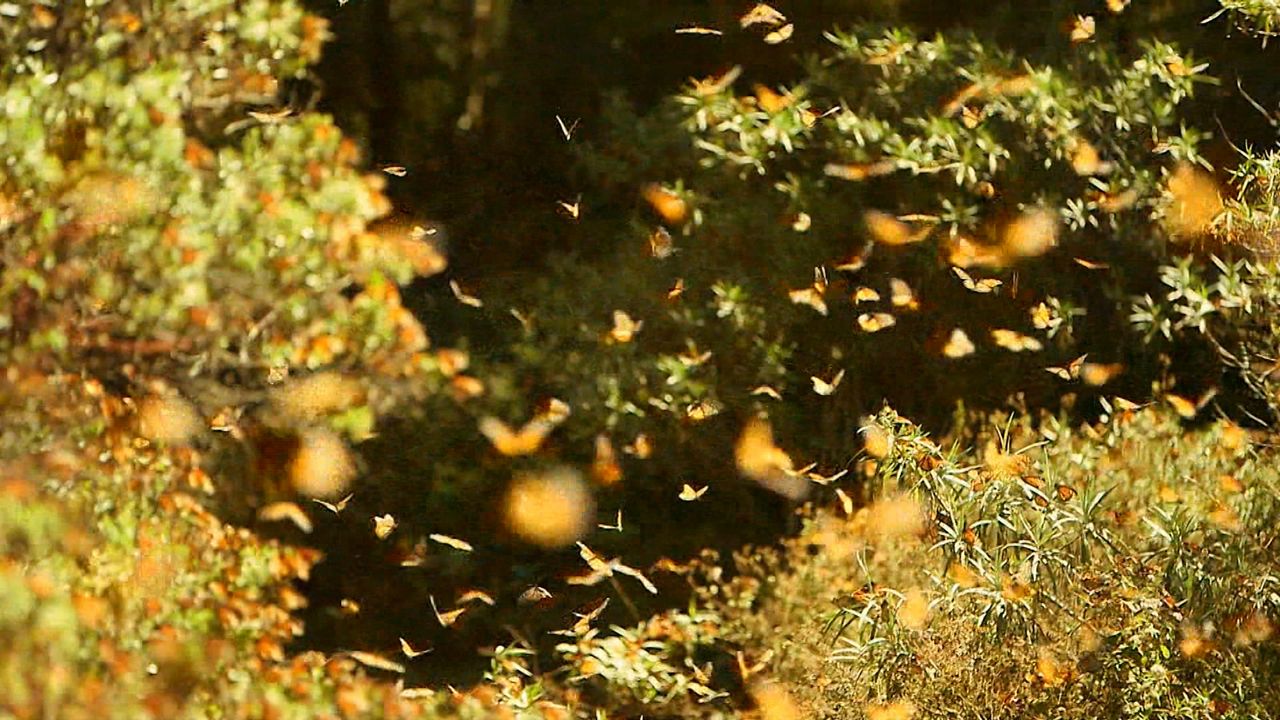MADISON, Wis.— After spending the winter in Mexico, monarch butterflies are back in Wisconsin.
Flowers are blooming across the Badger State, ready and waiting to serve butterflies. Nearly everywhere you go, you see pops of color.
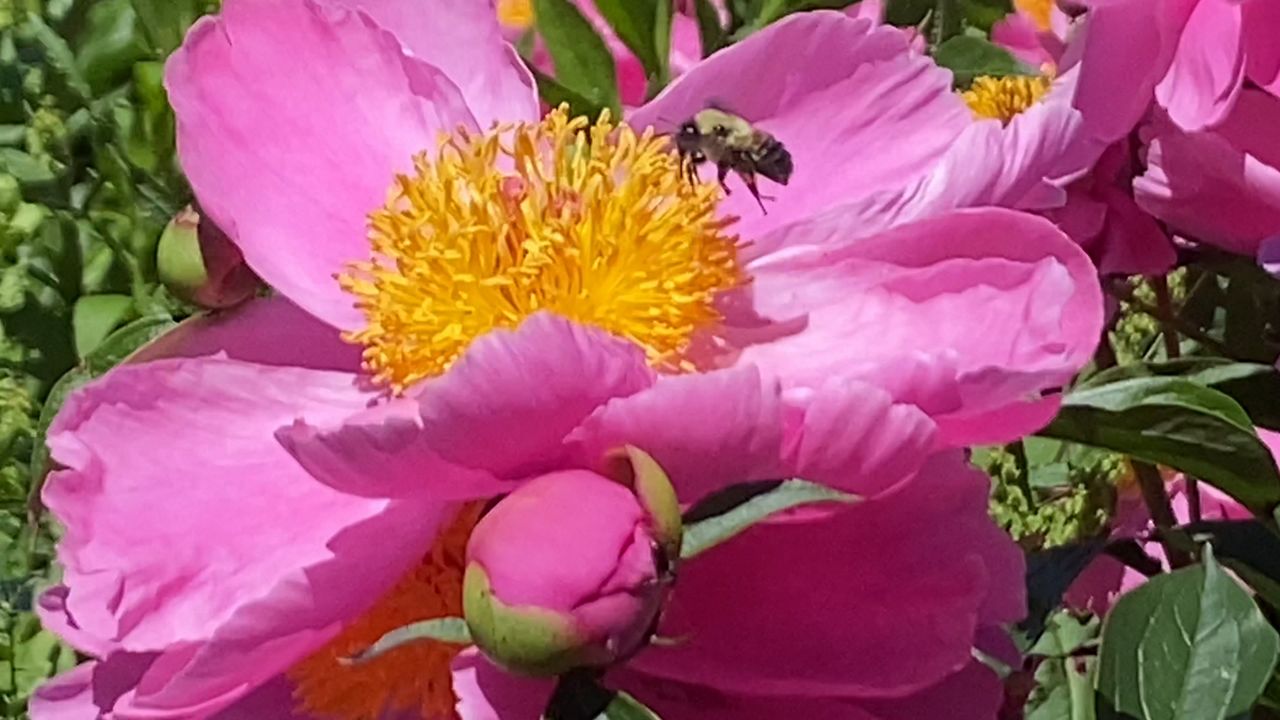
The beloved breed of butterfly is back in Wisconsin after migrating North for the spring and summer.
“In the late winter, early spring, [the butterfly] starts to migrate north as the milkweed is is blooming,” said Brenna Jones, a Wisconsin Department of Natural Resources conservation biologist. “It starts to try to find its food source, which is milkweed.”
Between Brittingham Park, the UW-Madison Arboretum, and driving through a few Madison neighborhoods, we didn’t spot any monarchs. But it’s early, they’re just getting re-acclimated.
“[The butterfly] comes back to Wisconsin around May,” Jones said. “I have not seen one yet. But I'm going to be out looking for them this weekend.”
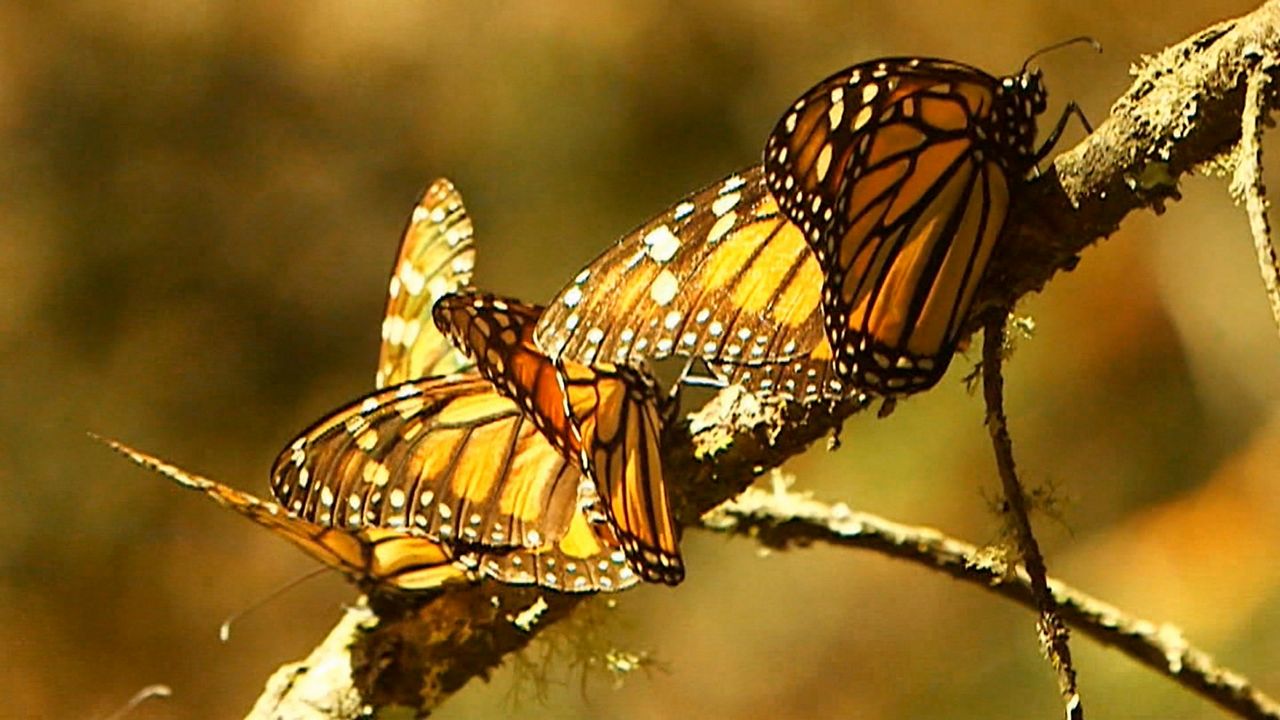
The monarch butterfly isn’t on the endangered species list. However, it is in some danger.
“The population has declined over the past 20 years by over 80%,” Jones said.
Monarchs breed here in the Badger State. That means we could play a vital role in helping the species recover.
“Wisconsin is a key area where we can help by planting more habitat for monarchs.”
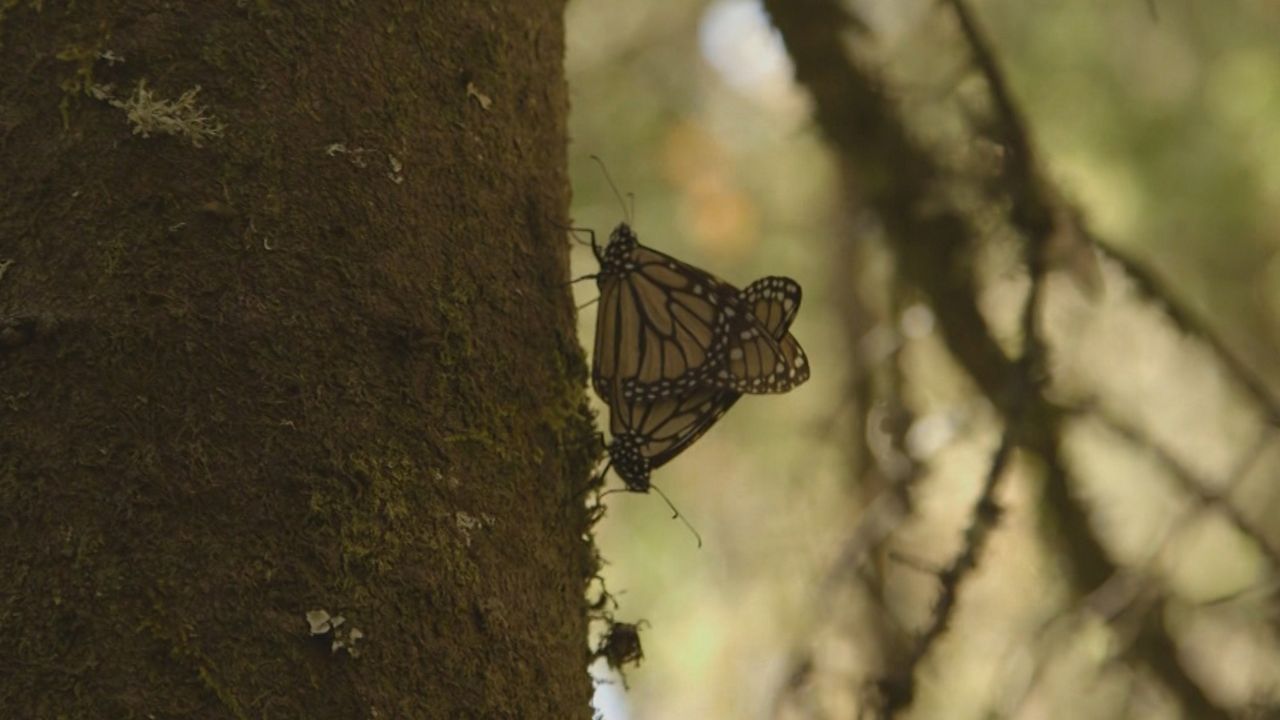
Jones said all it takes is having the right plants outside your home, apartment, or even your workplace.
“People can plant milkweed, either in a bucket or on their patio or in the garden. There's 12 different native species, popular ones are common, butterfly, or swamp milkweed,” Jones said. “Then they also need other nectar plants that bloom from early spring, all the way through late fall when they're leaving Wisconsin.”
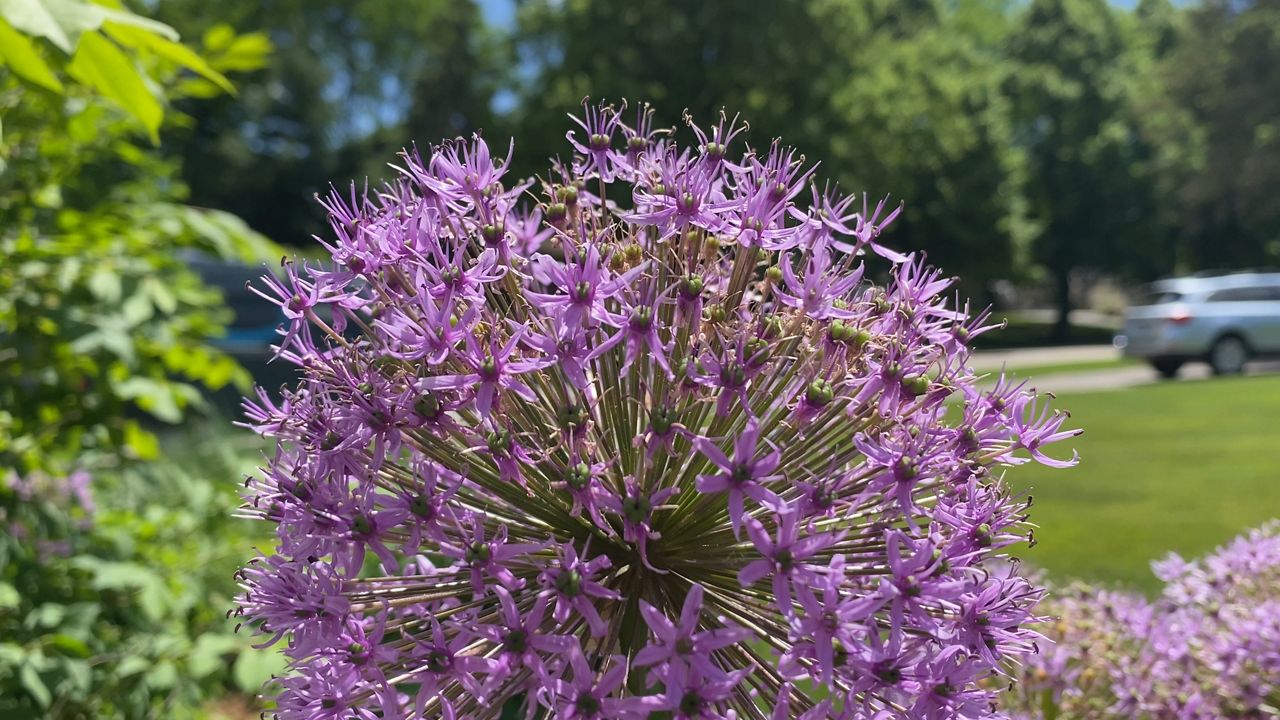
As lots of people start to focus on bees and creating pollinator habitats, that kind of attention would help butterflies too. Jones said it’s a small price to pay to see them fly by every year.
“I just love that first sight of seeing the monarch butterflies, looking for nectar plants and seeing all the flowers blooming,” she said. “It's really a beautiful sight.”
To learn more about what you can plant to help butterfly habitats, click here.
